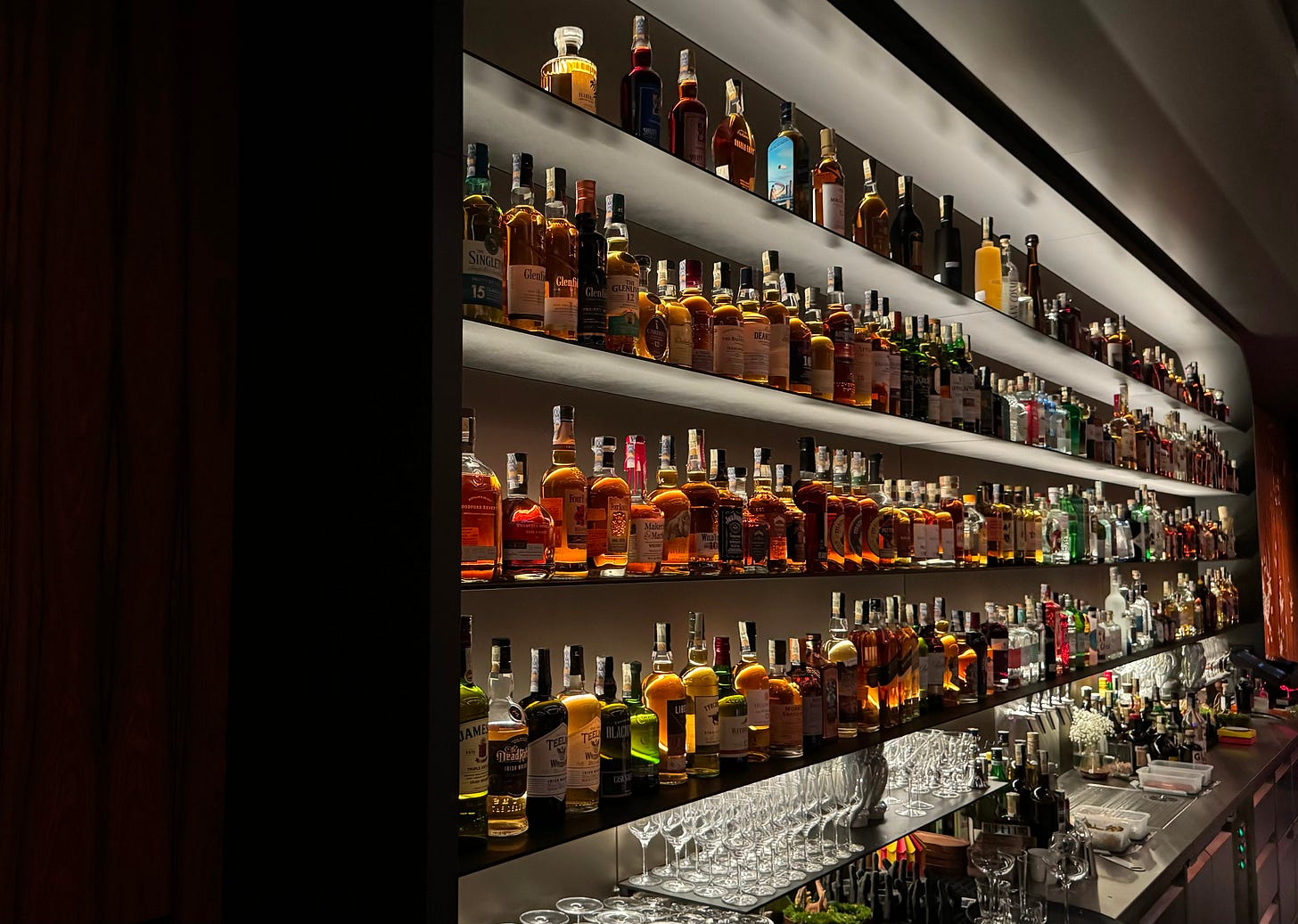Why You Should Build Your Bottom-up Category Before Building Your Brand
Instead of Fishing In The Same Pond As All The Others
The MAFFEO DRINKS Guides is a bi-weekly email newsletter. With a systematized approach, it helps drink builders grow their brand from 10 to 10k cases. Each edition solves one clear challenge for subscribers. Some editions are free, and others are paid. Sign up here:
Dear Bottom-up Drinks Builder,
Building drinks brands in the bottom-up trade is not an easy task.
The back bars are full of bottles. Drinks menus are either full of difficult-to-understand cocktails or hold just a handful. This makes it very difficult to have a product that is featured in it or to stand out.
In the last years, there has been a proliferation of brands. Tequila in the USA and Gin in Europe are probably the most visible examples. Each category's growth has lured in a lot of players.
During the craft brands renaissance in the USA, the first brands did not compete. Together, they joined their efforts to build their new category (e.g., craft bourbon, craft gin, etc.). They had the vision to bring something fresh to consumers. They were driven by passion, not (only) money.
When the number of entrants outpaces the growth in the category, the cookie crumbles; instead of making the pie bigger, brands start eating each other's slide. This drives cannibalization. Consumers pick a new brand and stop buying the ones they used to drink.
This happens because new entrants become "me too" brands. Instead of creating their category, they try to differentiate themselves with small details, such as botanicals within an existing category.
Understanding Category Building.
Watch how bartenders arrange their back bars. They often group products not by traditional categories but by how consumers use them. A gin might sit next to a vermouth because they share an aperitif occasion. This is how bottom-up categories emerge - from real market behavior, not industry conventions.
I am often asked about the secret sauce to making a successful brand. While there is no such thing as a silver bullet, some recurring traits exist.
Attention always falls on branding, packaging, and marketing campaigns, but we tend to forget that brands often don't have big budgets to go to market. They reach success bottom-up. They win outlet by outlet, focusing on their category.
Budgets are tight, and deciding to invest in your brand is natural. You don't want to be a missionary and spend money building the category. Do you think big brands should do the heavy lifting to create the category? Yes, but no. They used to do it but have left the job to smaller brands.
Big brands built and are still creating what we know as categories. I usually call these Traditional, Macro, or Legacy Categories. The ones you find in IWSR reports. But before they get there, categories start in bars and bottle shops. They are what I call Bottom-up Categories.
Categories like the “Spritz” don’t officially exist; they can be considered an occasion, but look at how they built a wagon that all categories are trying to jump on




